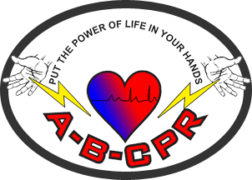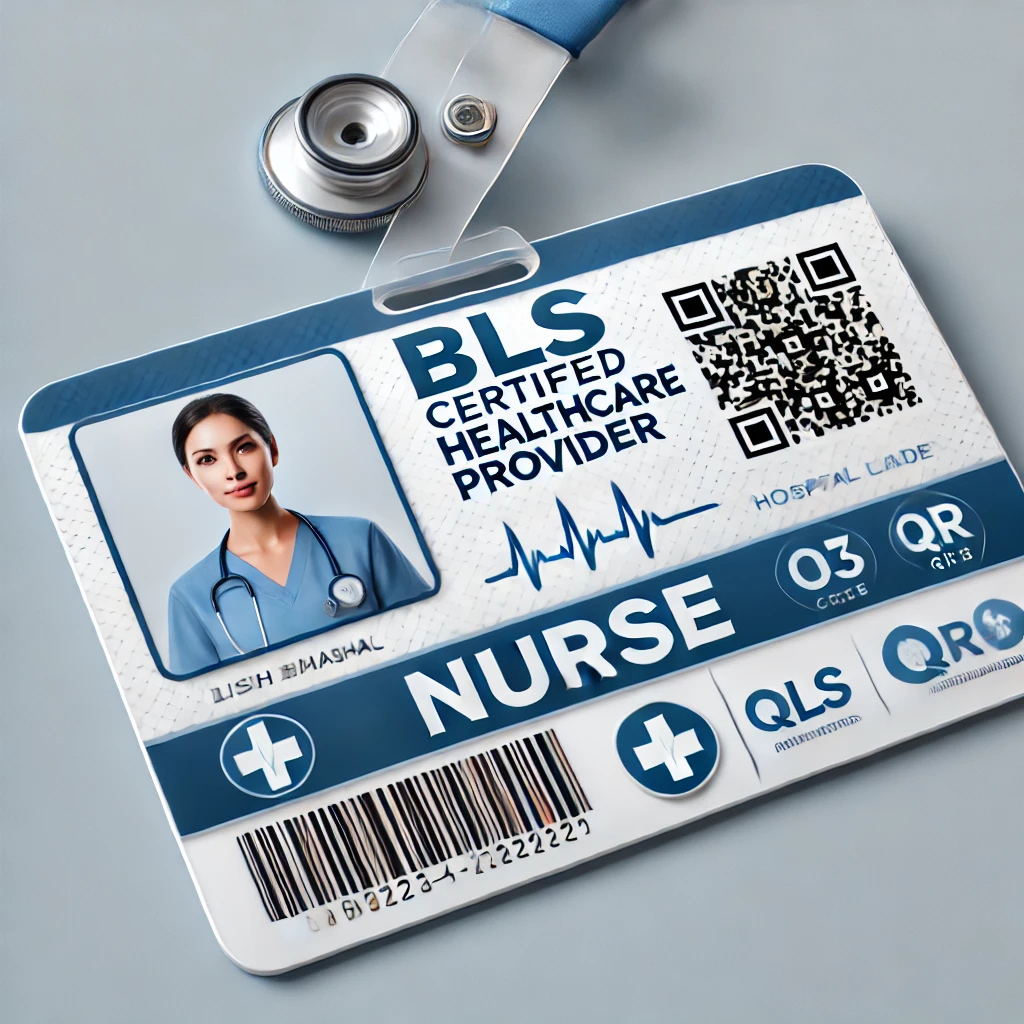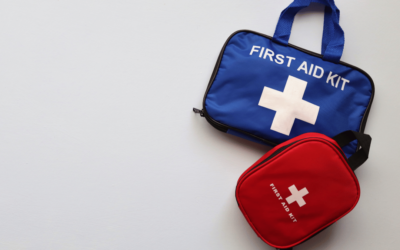If you’re looking to get certified in life-saving techniques, you may have come across both BLS Certification and CPR Certification. While these terms are often used interchangeably, they actually refer to different levels of training designed for different audiences.
Understanding the difference between BLS (Basic Life Support) and CPR (Cardiopulmonary Resuscitation) is essential for choosing the right course for your needs. At A-B-CPR, we offer AHA-approved BLS Certification in San Diego tailored for healthcare providers.
Here’s a breakdown of the differences to help you make an informed decision.
What Is BLS Certification?
BLS Certification is an advanced course designed primarily for healthcare providers and first responders. It focuses on essential life-saving skills needed in medical and emergency scenarios.
What You’ll Learn in a BLS Course:
- CPR for adults, children, and infants.
- Use of an AED (Automated External Defibrillator).
- Choking relief techniques.
- Team-based resuscitation and communication skills.
- Recognizing life-threatening emergencies quickly.
Who Needs BLS Certification?
- Nurses and medical students.
- EMTs, paramedics, and first responders.
- Physicians, dentists, and dental assistants.
- Respiratory therapists.
- Hospital and clinic staff.
BLS Certification is often a mandatory requirement for anyone working in healthcare or emergency services.
What Is CPR Certification?
CPR Certification provides basic life-saving techniques, focusing on CPR and AED use. It’s designed for non-healthcare professionals who want to learn how to respond in emergencies.
What You’ll Learn in a CPR Course:
- Performing CPR on adults, children, and infants.
- Using an AED effectively.
- Recognizing cardiac arrest and providing immediate aid.
Who Needs CPR Certification?
- Teachers and school staff.
- Parents, babysitters, and childcare providers.
- Personal trainers and fitness instructors.
- Lifeguards and camp counselors.
CPR Certification is a great option for those who need to know basic skills to respond in emergencies, but don’t work in a medical setting.
Key Differences Between BLS and CPR Certification
| Feature | BLS Certification | CPR Certification |
|---|---|---|
| Audience | Healthcare professionals and first responders | General public, non-medical individuals |
| Course Content | Advanced techniques, team-based resuscitation | Basic CPR and AED use |
| Required By | Hospitals, clinics, EMS, dental offices | Gyms, schools, childcare centers |
| Certification | American Heart Association (AHA) | Can vary, AHA and other providers |
Which Certification Is Right for You?
- If you’re working in healthcare or emergency services, BLS Certification is likely required.
- If you want to be prepared for emergencies as a parent, teacher, or fitness instructor, CPR Certification will provide the foundational skills you need.
At A-B-CPR, we specialize in AHA-approved BLS Certification for professionals in San Diego. With hands-on training and expert instructors, we ensure you leave fully prepared for any emergency.
How to Get Started with BLS Certification in San Diego
Getting your BLS Certification is easy with A-B-CPR. Here’s how:
- Choose Your Class: Select a convenient date and location (Mission Valley or Oceanside).
- Attend Training: Participate in our hands-on, in-person training session.
- Get Certified: Pass the skills assessment and receive your AHA-approved certification card.
Conclusion
Whether you need BLS or CPR Certification depends on your role and responsibilities. For healthcare professionals in San Diego, BLS Certification is an essential credential that ensures you’re ready to act when it matters most.
Ready to earn your certification? At A-B-CPR, we make it simple and accessible.
Register for Your BLS Certification Class Today!





